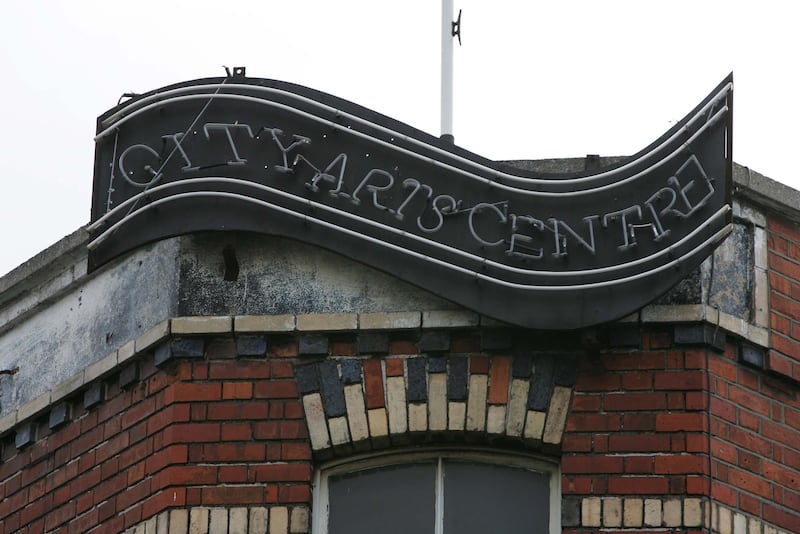US investment firm Colony Capital’s bid to appoint a receiver over the City Arts Centre site has been frustrated by a successful application for an interim injunction preventing the move.
While the site had been due to come for sale earlier this year through joint agents HWBC and Cushman & Wakefield at a guide price of between €50 million and €60 million, the unwelcome arrival of Covid-19 saw the process being postponed.
Matters have since been complicated further by the High Court's decision on July 6th to grant an interim injunction to developers Philip Monaghan and Pat Ryan, preventing the appointment by Colony vehicle, Dengrove DAC, of Ken Tyrrell of PwC as receiver over the Moss Street site.
Both Monaghan and Ryan were members along with Paddy Kelly and the Dublin-based McCormack family of the City Arts Partnership, the consortium that acquired the property for €4.2 million in 2003. The injunction is set to remain in place pending the hearing of a court motion in September.
Efforts to contact Pat Ryan and Philip Monaghan for comment on the matter were unsuccessful, while Colony Capital declined to comment.
Colony's interest in the City Arts Centre comes via its acquisition for €455 million in 2017 of Nama's €1.5 billion Project Tolka loan book. The transaction saw Colony take control of loans mainly linked to developers John Flynn, Paddy Kelly and the McCormack family, who control the property investment vehicle Alanis. Other significant assets captured in the deal included a 75 per cent stake in the Burlington Plaza office complex on Burlington Road and a 72 per cent share in the headquarters of Three Ireland on Sir John Rogerson's Quay.

For 15 years between 1988 and 2003, the City Arts Centre forged a deserved reputation as one of Dublin’s most important cultural spaces. In the 17 years since the property was sold, however, it has lain dormant.
With demand for development opportunities in Dublin city centre and in the docklands still surging, the 0.22 hectare (0.55 acre) site is understood to be the subject of significant interest from investors looking to unlock its potential.
Located at the junction of Moss Street and City Quay, and with surface car parking along Gloucester Street, the property could accommodate an office or residential scheme at a prime location within Dublin’s central business district.
While the site is occupied currently by the former three-storey home of the City Arts Centre, any purchaser would likely demolish and replace this building with a higher and more substantial structure.
The site is flanked on either side by the recently-developed eight-storey (10,960sq m/118,000sq ft) headquarters of Grant Thornton at 13-18 City Quay and Irish Life's newly-redeveloped 1GQ office complex at George's Quay.
Although neither development could be replicated within the confines of the City Arts Centre site, any buyer of the property would be expected to maximise its potential for height and density.
On June 12th, 2017, the provisions of the George’s Quay Local Area Plan (LAP) were extended for five years up to July 2022. Under the LAP, the height strategy for the City Arts Centre site is for buildings of between six and nine storeys.
It would be open to the purchaser of the site to seek permission for a higher structure however, by referring to the urban development and building heights guidelines for planning authorities issued by the then minister for housing Eoghan Murphy in December 2018.
According to these, local authorities may assess permissible building heights on a qualitative basis, rather than by the prescriptive limitations in development plans or local area plans.
The prospects for delivering a taller structure on the City Arts Centre site are further enhanced by its location at George’s Quay. Under the Dublin City Development Plan 2016-2022, George’s Quay is one of four city gateway locations designated for developments of over 50m (164ft), along with Heuston, Connolly and the docklands cluster.














